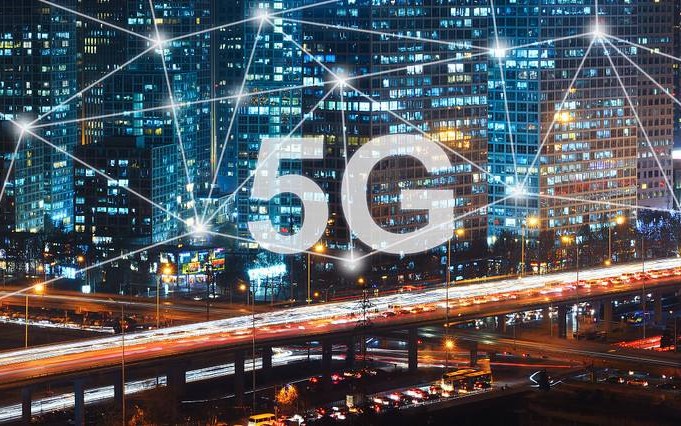
The new infrastructure is coming. What’s it? What is its challenge?
Recently, “new infrastructure” has become a heated topic in China’s economy in 2020. With relevant policies being released. Foreign companies in China generally stated that it brought a broader space for development.
The full name of the new infrastructure is “new digital infrastructure”, which mainly includes the construction of 5G base stations, UHV, intercity high-speed railway and urban rail transit, new energy vehicle charging piles, big data centers, artificial intelligence, and industrial Internet. It is guided by new development concepts, based on information networks, and provide an infrastructure system that services such as digital transformation and intelligent upgrades.
What’s new about the new infrastructure? Actually, it means the establishment of a digital twin new world. The digital infrastructure built through information and communication technology is disintegrating from an old world into a new one. The popularization of the new infrastructure will make a lot of manual labor and brainwork replaced by machines and artificial intelligence, which can lower the threshold of entrepreneurship and innovation for every company, organization, and everyone, and stimulate people’s enthusiasm and creativity. It not only improve the efficiency of the optimal allocation of social resources but also reconstructs the social innovation system and arouses entrepreneurial spirit.
In fact, the COVID-19 has already switched us from the economic and social to the digital world. During the epidemic, people realized working, learning, having a meeting, and shopping online. People have already begun to work, study and live in the bit world and digital space to solve various productivity and production problem.
The epidemic made non-IT people understand how the life work in the digital world. What we see is only the result of economic and social operations during the epidemic. The digital infrastructure is the one behind it. The important difference between digital infrastructure and traditional infrastructure is that digital infrastructure is supported by a large number of scientists, entrepreneurs, and knowledge networks.
At the same time, the new infrastructure is also facing challenges:
The first one is cross-border integration. The Industrial Internet can embody the difficult problem of cross-border guidance best. Bit guided atoms, which involves knowledge models for each refined vertical domain, how to manifest tacit knowledge, and how to collaborate with multiple departments and professional groups.
The second one is path dependence. For example, China ‘s small-scale peasant economy has determined the path of agricultural digitalization, which is abusolutly different from other countries. Therefore, China ‘s digitalization path is expected to be unique.
The third one is user habits. During the epidemic, users are used to switching from offline to online, allowing us to see the value of digitization and the value of bit-leading atoms in an extreme state.
Of course, the construction of new infrastructure also requires multiple cooperation: hardware, software and people. The bottom layer is the hardware facilities. There are difference and common between the new and the traditional infrastructure. The common is that they both need some hardware, such as a data center. The difference is that the new infrastructure process a big data center for cloud computing. The middle layer is software and data, one is cloud computing, and the other is data. It runs through human creativity, knowledge models, and various apps. As a key production factor, data derives knowledge and creativity.
The top level is “people”. People include three parts: One is entrepreneurship. Especially people’s creativity. One is knowledge producers, including scientists and code engineers. Other is knowledge network. In the process of digital construction, the cost of consensus and knowledge integration are difficult problems in cross-border integration.



